Unable to foresee the future. However, there’s reason to believe that Trump Two would be Trump One on steroids. The United States would become less devoted to preserving the geopolitical structures and liberal values already coming under increasing strain upon his return, becoming more unilateral, aloof, and occasionally assertive. Trump continues to believe that upending international trade agreements is the most effective way to achieve economic security and prosperity, and that Washington’s vast network of allies is a liability rather than an asset.
The Democrat’s Counterweight for Trupism: The World of Democracies
Before we delve into our analysis of what the next Trumpian foreign policy would look like, we have to describe what the second Biden administration would offer. The current leadership in the White House still believes in the liberal world order. In other words, the worldwide rule of democracy, with the hegemony of the United States. Biden’s “World of Democracies” divides the world into liberal democracies and illiberal authoritarian regimes according to Washington’s criteria.
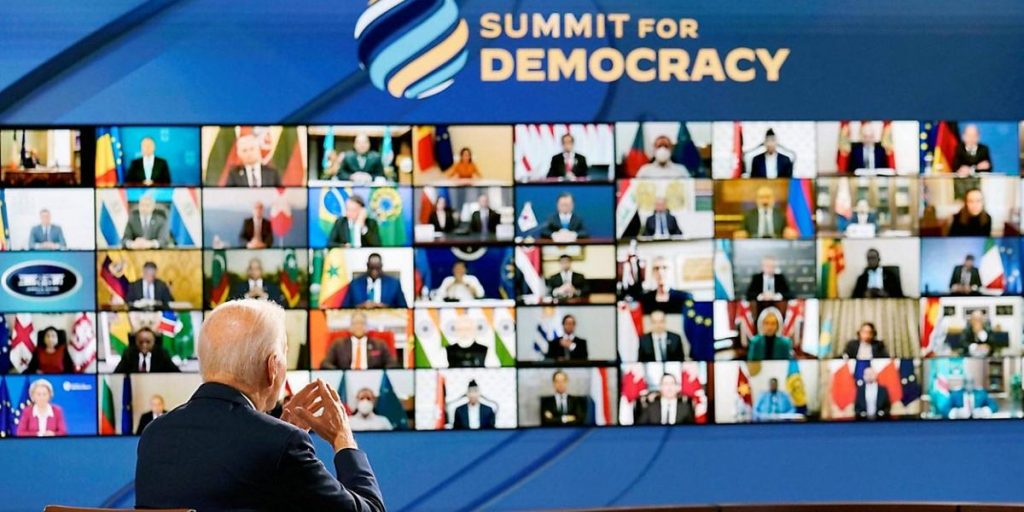
President Biden at the Summit for Democracy 2023 (Source: https://www.usaid.gov)
However, these principles, norms, and institutions established in Washington will remain attractive as long as the U.S. (and the West) can credibly represent them. If this credibility is diminished, the flaws of the system will be disproportionately exposed, and extreme civil movements (such as Black Lives Matter [BLM] or, on the other hand, Make America Great Again [MAGA]) will weaken the hegemon from the inside, then the whole construction can lose.
As Peter Rada writes in his policy paper, “by the definition of liberal logic, unipolar world order is the norm of international relations today, including NATO and the U.N. as the founding organizations of the system. In contrast, China and/or Russia cannot be serious challengers to this order as long as they cannot offer an alternative to other players which is better than the current one.
The Biden administration has drawn from several sources in developing its foreign policy. According to President Biden’s National Security Strategy 2022, “the post-bipolar era is clearly over, and a race is underway among the great powers to determine the future.”
While the idea of the end of the post-bipolar era and the existence of serious differences between the great powers – that are unlikely to be easily resolved – is almost a decade old, only the Trump administration has recognized this. The Biden administration has put it squarely in the spotlight. The geopolitical competition is not only between great powers but also between models of state organization, between liberal democracy and their illiberal or authoritarian alternatives. The sense of urgency that characterizes the new generation of democratic foreign policy elites was illustrated in the strategy document by the phrase “the world has reached a tipping point,” a phrase used repeatedly by President Biden. Biden’s foreign policy response to these challenges was based on the logic of liberal internationalism, i.e., the unification of democratic countries.
A Man Behind Biden’s Foreign Policy
Similarly to the Republican Party, there is also a worldview divide among the Democrats as well. Thus, President Biden’s foreign policy cannot be described with a single attribute, but there is one key figure who created and defined this policy strategy called ‘Bidenism’. It was President Biden’s national security advisor, Jake Sullivan. Before he was appointed to one of the top officials in the cabinet, Sullivan served under Hilary Clinton as her deputy chief of staff in the State Department. He was only 34 when he became the youngest director of the department’s Strategic Planning Institute. “Old head, young shoulder” – that’s how his colleagues often referred to the contrast between his influence in the administration and his relatively young age.
He contributed to the creation of a fresh perspective that won over Democrats and served as the cornerstone of the Biden administration’s global outlook. He was the main propagator of the miserable withdrawal from Afghanistan. It was also the Biden–Sullivan group was who did not hesitate to appropriate certain aspects of the trade war waged by Donald Trump. His main contribution, however, was to start challenging the dogmas of the Democratic Party’s establishment, which held that free trade and globalization were inherently beneficial for everyone.
“A shifting global economy left many working Americans and their communities behind. A financial crisis shook the middle class. A pandemic exposed the fragility of our supply chains. A changing climate threatened lives and livelihoods. Russia’s invasion of Ukraine underscored the risks of overdependence. After the Second World War, the United States led a fragmented world to build a new international economic order. But the last few decades revealed cracks in those foundations,” Sullivan said last April at an event hosted by the renowned Democratic think tank Brookings Institution.

Sullivan, Hillary Clinton and Barack Obama in 2012 (Source: Wikipedia.org)
Though the Democrats accepted some aspects of the Trump era, the ultimate objective for them is to move past it. Not the nativist demagoguery, but rather the necessity of going back to the basics: a robust industrial base supporting a robust middle class, humility regarding the extent of what the U.S. military can achieve on its own, a strong “band” of allies, attention to the gravest threats to the survival of American democracy, and a reaffirmation of the principles that underpin it. Sullivan put out an antiquated roadmap for a brand-new future.
What if Donald Trump Wins?
Trump’s latest infamous comment to cut “hundreds of billions” of dollars in U.S. international aid and to end the war in Ukraine in the process, together with another remark of his in which he would encourage Russia to “do whatever the hell they want” to any member of the alliance that did not spend two percent of GDP on defense happened to blow a fuse everywhere in North-Atlantic region. Charles Michel, President of the European Council, called the comment “reckless,” while the NATO boss, Jens Stoltenberg, said it “undermined the security of us all”. Biden simply called it “un-American”. The former President does not seem to be moved by the harsh critics; he is also contemplating a U.S. withdrawal from NATO or, at the very least, scaling back American involvement with the trans-Atlantic defense pact.
There is already a noticeable sense of anxiety among U.S. allies and partners due to the uncertainty surrounding the U.S.’s future. There are enormous stakes, particularly for Europe.
Given Trump’s affinity for Putin and his distaste for Europe’s reliance, it is imperative that Europe immediately mobilize military support and provide Kyiv with bilateral security guarantees.
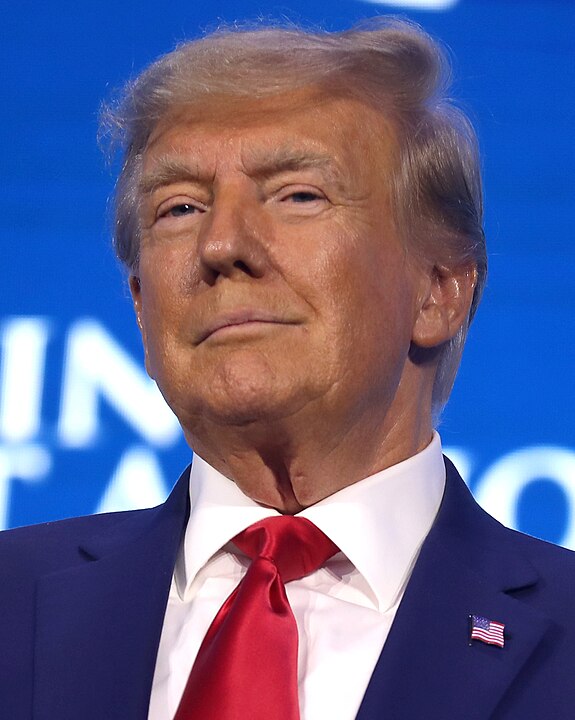
Donald Trump (Photo by Gage Skidmore/Wikimedia Commons)
Legislators’ efforts in Washington to reach a consensus on a $100 billion bill that would combine border security, $60 billion in aid for Ukraine, and security assistance for Israel and Taiwan have already been hampered. Even if the current spending package is approved, Europe’s confidence will be severely damaged, which is still quite likely.
Trump’s opinions regarding foreign policy have not altered since he left office in 2021.
The Trump doctrine is confrontational, nonjudgmental, and sparse—almost ostentatious.
It has a strong appeal because it idealizes American “sovereignty” and emphasizes it, all based on a limited understanding of the country’s security and economic objectives. As a result, Trump would likely pursue those interests with little regard for international institutions or norms, leading to an increasingly overtly transactional foreign policy. Values and ideals are perceived as luxuries at best and obstacles to pursuing the national interest at worst.
China will be the priority for the incoming Trump administration. The idea that the most powerful nation in the world would retaliate militarily against any ally was the foundation of NATO’s deterrence strategy for many years. Not any longer. Europe is left on the sidelines, reaping the harvest of its thirty-year strategic time-out, summarized Peter D. Feaver in his piece on how Trump 2.0 would like to be.
Feaver also highlighted in his article that in Trump’s possible second term, Congress still could constrain him if the Democrats could uphold the control of the Senate and regain the majority in the House. However, these legislative measures are not as powerful as they seem.
For instance, a law passed by Congress makes it more difficult for a president to withdraw from NATO formally. All in vain because Congress will never be able to veto Trump’s foreign policy decisions effectively. The President can even decide to decrease the number of American forces to zero. Alternatively, as Trump vehemently declared, he will not defend nations attacked by Russia.
The possible Trumpian shift in Washington’s foreign policy could have severe impact on the nations closest geographically to Russia. The Central European countries, even today, are in a state of extreme anxiety due to the lack of effective American leadership. They are aware of how soon the war machine in the Kremlin will be operational once more.
Without the official withdrawal of the United States, these actions would effectively weaken the Euro-Atlantic alliance, and U.S. rivals and adversaries, by contrast, would thrive. On the other hand, traditional friends and allies such as European countries, Japan, and South Korea would suffer.
Transactional Diplomacy
Meanwhile, European states on NATO’s frontlines and Asian governments such as Taiwan and South Korea would have to contend with a more transactional, less committed United States.
To better understand transactional diplomacy, here is another reference from the former president. Back in the 2016 election campaign, he argued, it was a dumb deal “to station 28 000 US soldiers on the line in South Korea for nothing in return”. So, for Trump, it was merely a business deal, which does not seem worth it. In reality, South Koreans did pay and are still paying for U.S. presence, and Washington also enjoys a favorable trade agreement with Seoul. (Here is a list made by the New York Times in 2017, which shows the “direct and indirect” benefits of the global alliances of the U.S.)
At its core, transactional diplomacy is based on quid pro quo logic: I don’t do anything for you if I don’t get something in return. Moreover, transactional diplomats perceive a zero-sum world.
These transactions were couched in a language that often hid the transactional nature of the agreements. Instead, to maintain the legitimacy of the deal, both sides often went to great lengths to keep up the image that any cooperative agreement was indeed intrinsically motivated by both parties: both actors equally cared about the cooperation outcome, and thus, the provision of an external sweetener was unnecessary.
It is quite a standard way to make deals in the international sphere, but in these cases, there is, as always, a “Trumpian” twist. It was the tone that changed under the Trump presidency to negotiate such deals.
“We’re taking advantage of every nation in the world virtually,” Trump bragged once.
Trump has already mused about ending the war in Ukraine in 24/48 hours, and his first-term attempt to hold Ukraine’s security hostage to pursue a vendetta against Biden may indicate a readiness to impose an unfavorable peace deal on Kyiv.
Trump would also be less committed to Taiwan’s security. If Beijing attacks the island, he once remarked, “there isn’t a fucking thing we can do about it.”
As Trump has no great interest in providing U.S. security for the world, it is hard to imagine that his administration would be keen on the protection of the vital trading routes in the Red Sea and the destruction of the Houthis. Also, it is a less plausible scenario that Mr. Trump would be dedicated to achieve a stable peace in the broader Middle East; something more comprehensive than the Abraham Accords. Another question that he can’t ignore is the new, more dire situation after the October 7 attack. However, if he wants to stabilize the region, it requires a huge commitment – something that he wouldn’t prefer.
Back in Trump’s first term, the EU’s leading powers (Germany and France) fortunately avoided a full-blown transatlantic crisis as they minimized clashing points. However, they could not prevent Trump from stirring up numerous diplomatic insults and skirmishes. These unusual approaches from the U.S. president were mitigated somewhat by reassurance from the more pro-ally factions within the Trump administration and in the Republican party. We wouldn’t expect significant improvements in this area either.
Gradually Changed Environment
In 2017, when Trump took office, we just witnessed the end of the post–Cold War era. Yes, there were tensions with China and hot wars against the Taliban and the Islamic State, known as ISIS, but the situation is far more dire today.
Now, amid major hot wars both in Eastern Europe and the Middle East, a growing risk of conflict across the Taiwan Strait and the Indo-Pacific, escalating tensions with Iran and North Korea, and the list goes on. A disruptive world demands more of the international engagement and leadership Washington has often provided since 1945—the opposite of what it will likely get if Trump returns.
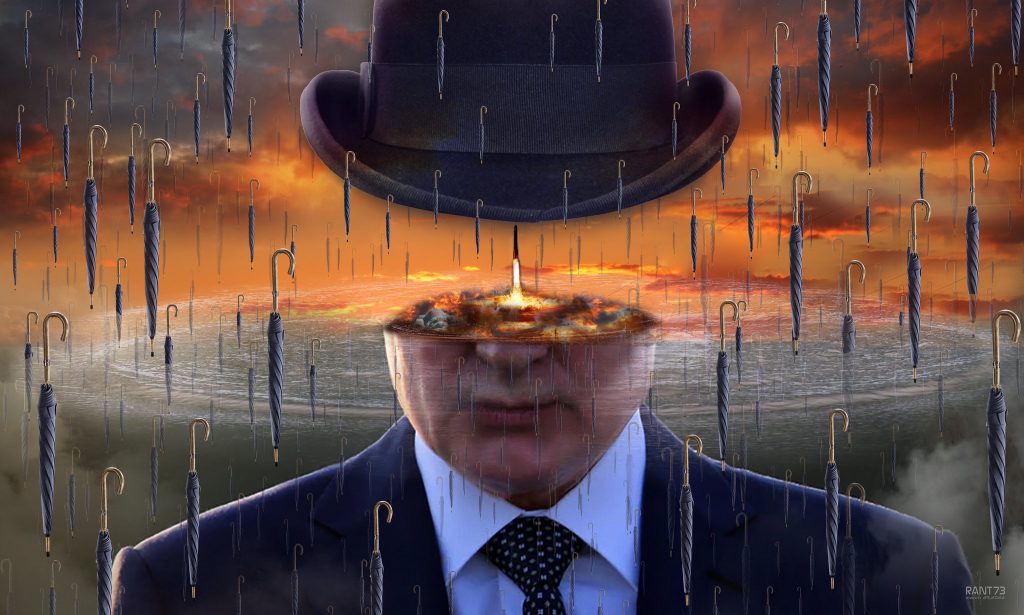
DRIZZLE IN 2022 (Source: Rant 73 Digital Museum/flikrc.com)
There is an increase in violent conflict everywhere in the world. Along with the Israeli offensive on Gaza and Hamas’s attack on Israel on October 7, which raised the possibility of a wider Middle East conflict, there has also been an increase in violence throughout Syria, including a wave of armed drone attacks that endangered American troops stationed there. Azerbaijan took control of the disputed region of Nagorno-Karabakh in the Caucasus towards the end of September, forcing about 150 000 ethnic Armenians to leave their ancestral home and igniting hostilities with Armenia. In the meantime, there is fighting in Ethiopia, the civil war in Sudan is still raging, and a military coup in Niger in July marked the sixth coup in the Sahel and West Africa since 2020.
The number, intensity, and length of conflicts worldwide are at their highest level since before the end of the Cold War.
A startling rate of thawing is occurring in conflicts that appeared to be frozen, including those in Ethiopia, Israel, and Myanmar. Two billion people, or 25 percent of the world’s population, resided in areas impacted by conflict in 2022. By the beginning of 2023, there will have been a record 108 million people forcibly displaced globally. Not to mention the Houthi attacks in the Red Sea, we currently have at least two hot wars going on in the Middle East and Eastern Europe.
Regardless of which path they choose, adversaries will likely be able to count on Trump as a useful tool in their efforts to undermine the traditional U.S.-led alliance system. Moreover, leaders in Argentina, Hungary, and perhaps even India would also welcome the cover provided by a new Trump presidency.
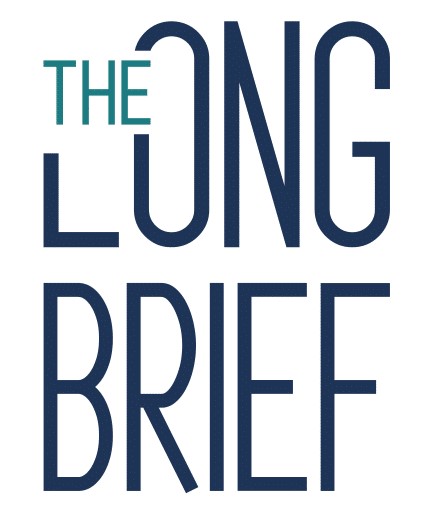
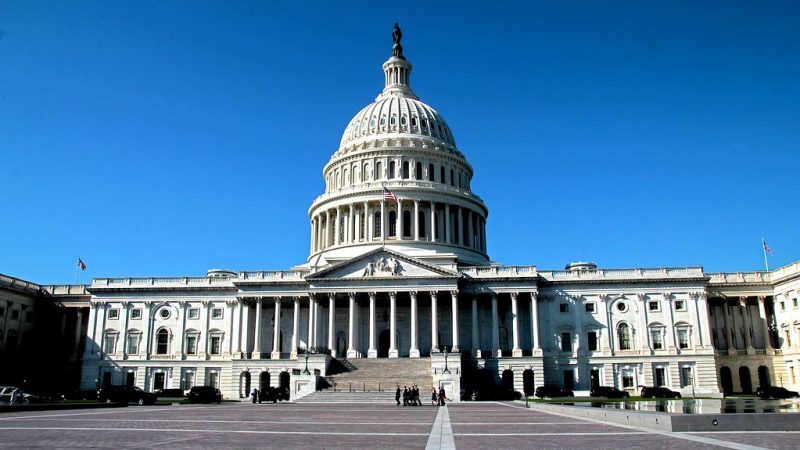
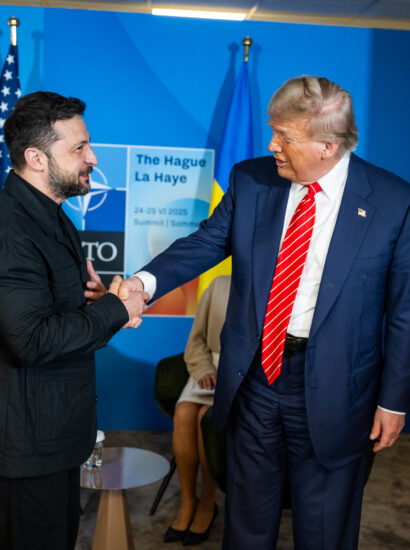

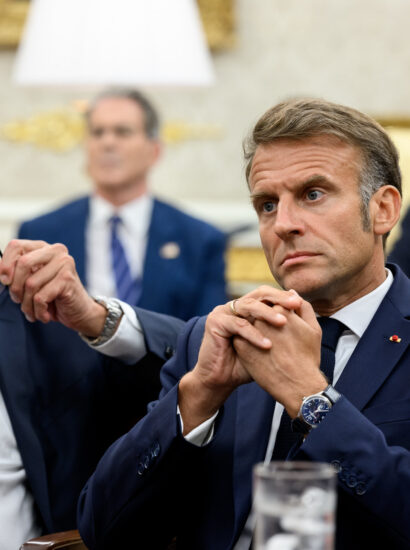
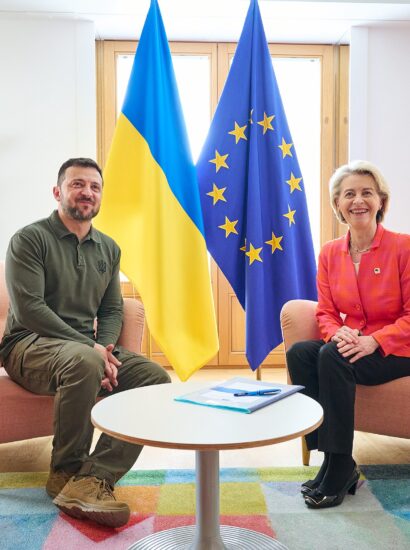
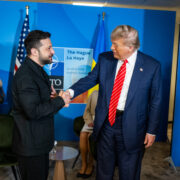

[…] efforts is given by the increasingly likely return to the White House of Donald Trump, who is prepared to put aside traditional US strategic interests in the EU, which could create a completely new […]